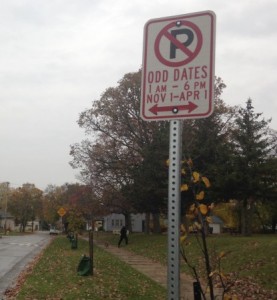This appeal addresses a Fourth Amendment claim raised in the context of a Probation Officer’s search of the home and car of “an individual serving a term of supervised release.” The Circuit concludes that the searches were valid because the Probation Officer had a “reasonable suspicion” that the defendant was committing crimes.
The case also addresses the scope of a defendant’s Sixth Amendment right to the effective assistance of counsel “when the government presents a witness to whom the defendant has volunteered his thoughts about defense strategy and who, after learning the defendant’s thoughts, agrees to testify for the government.” Here, the government witness was a person who shared a jail cell with the defendant, during a two-week period of pretrial detention, and later became a government informant. Because the witness “was not a government informant when Chandler spoke to him about Chandler’s expected trial strategy, the government did not …


